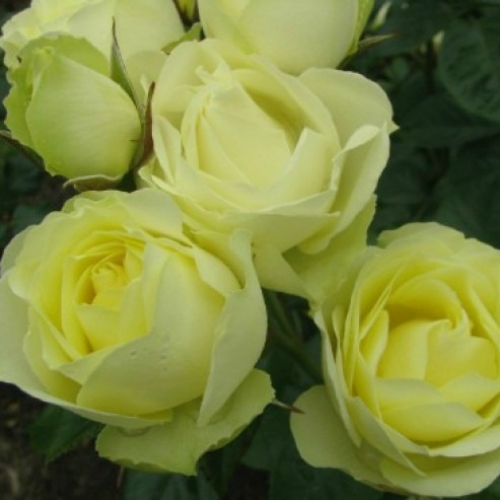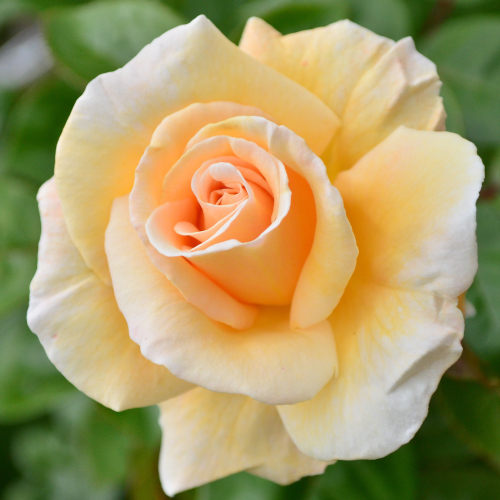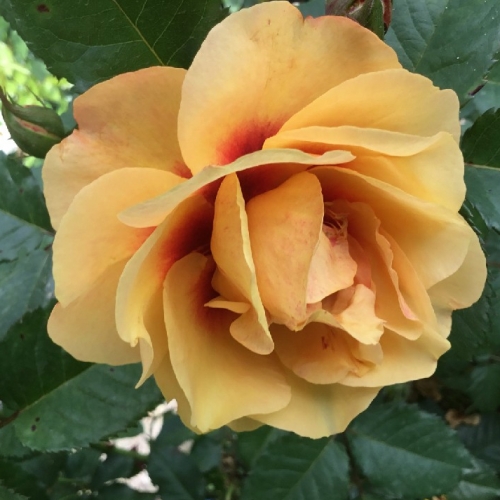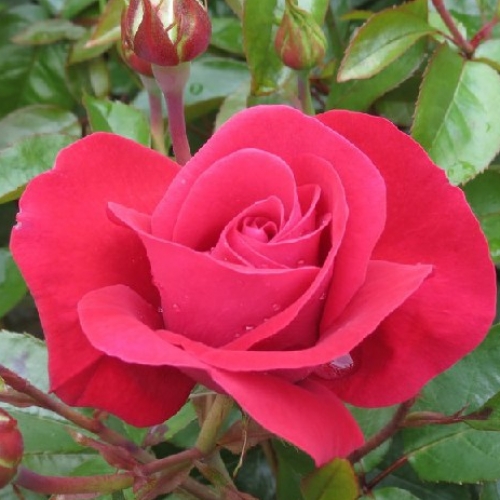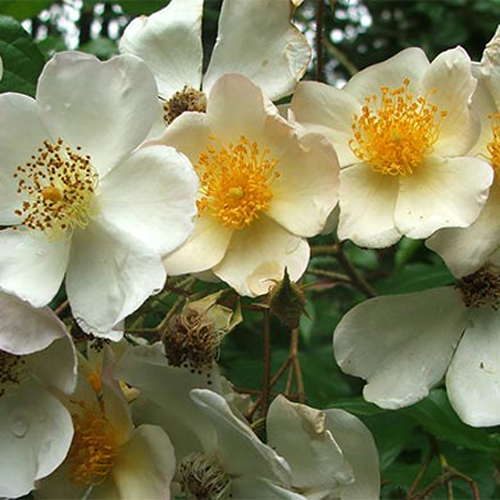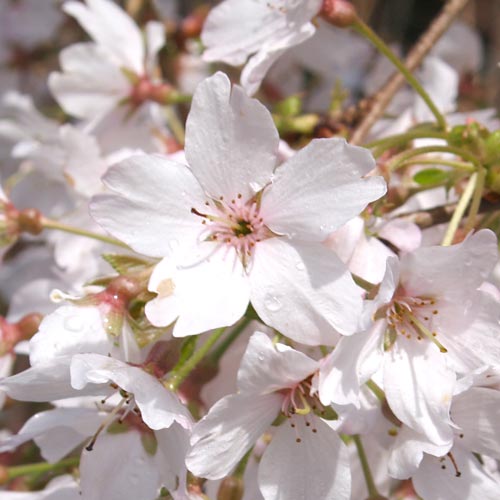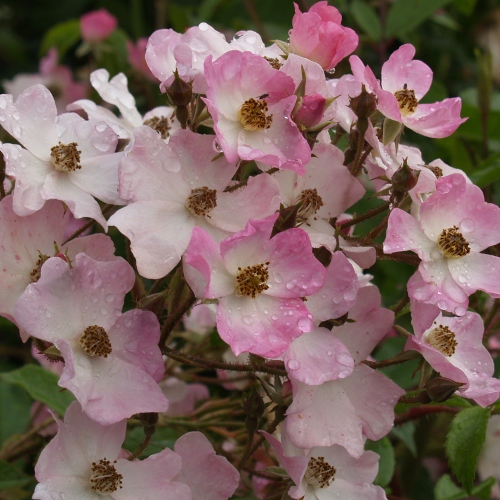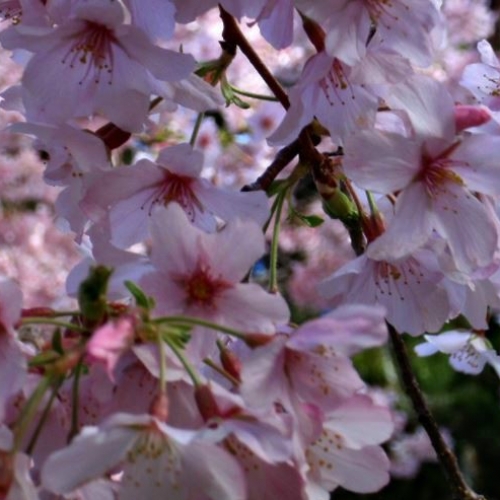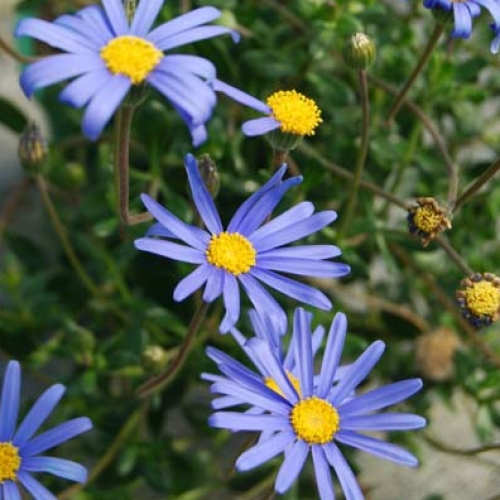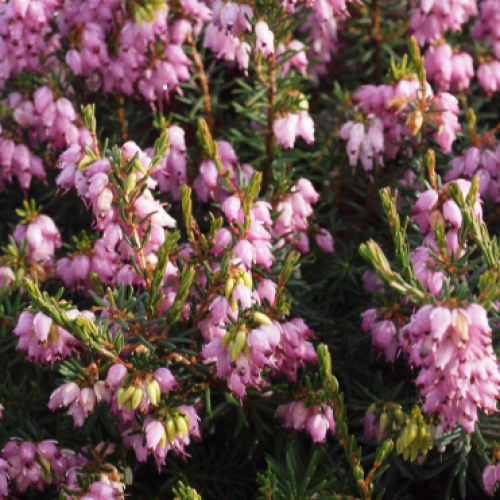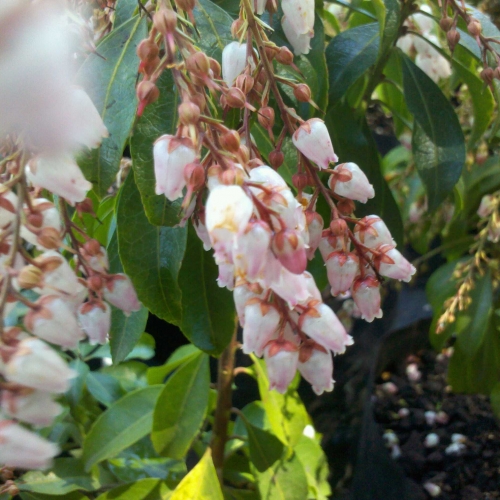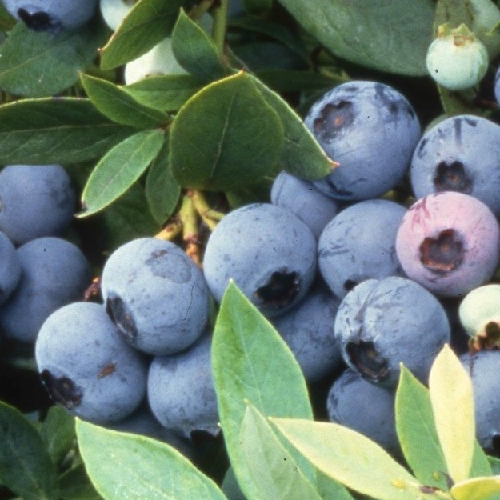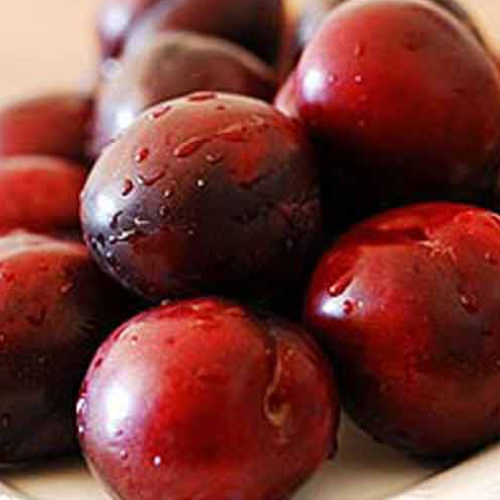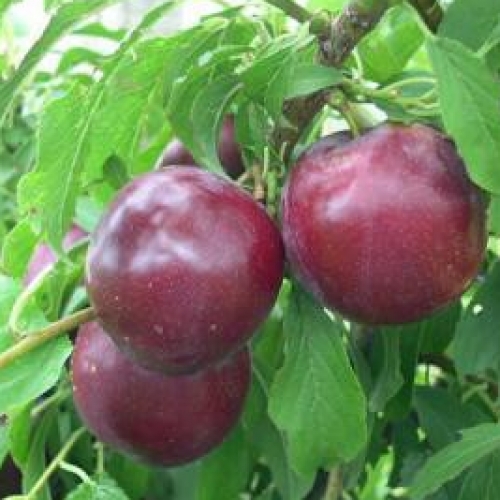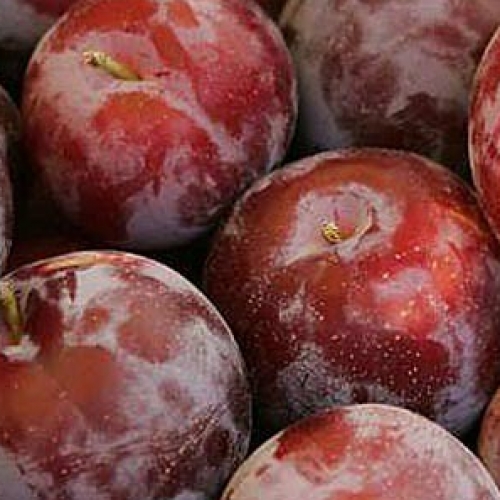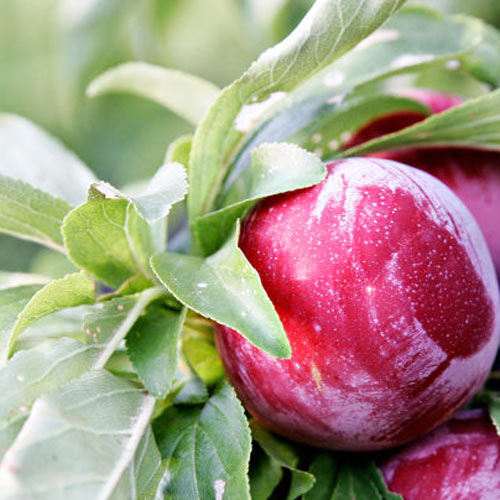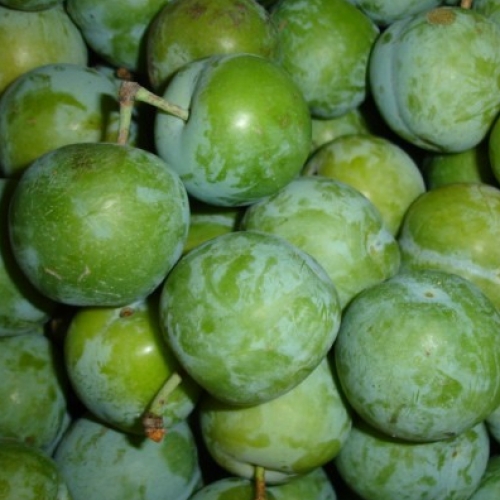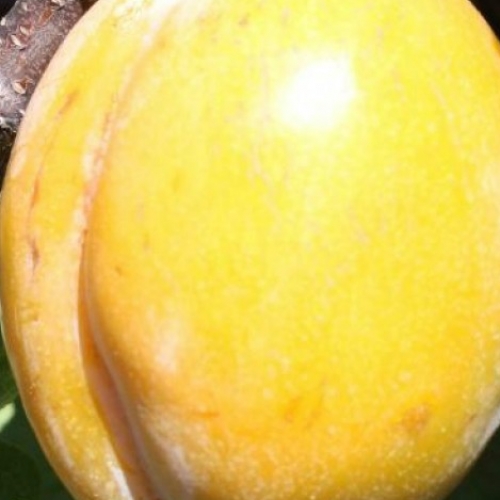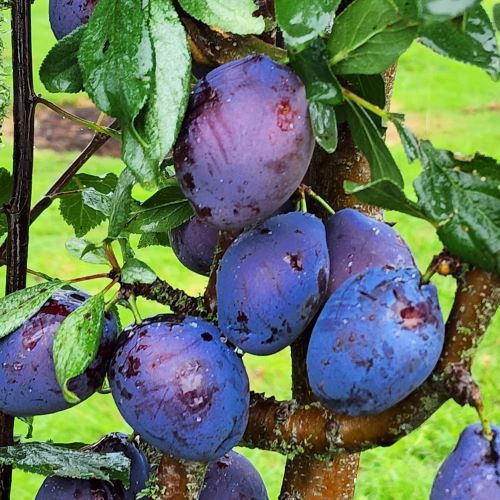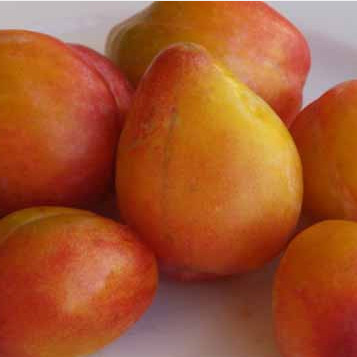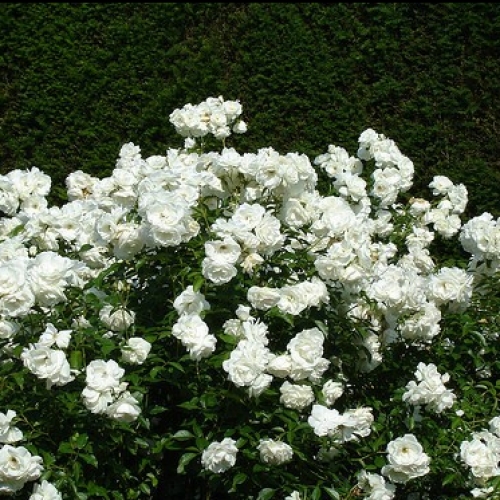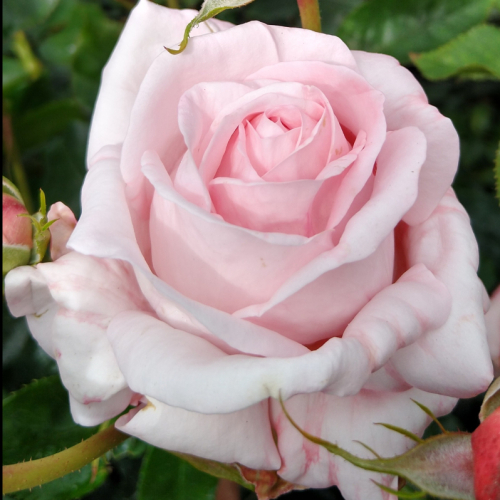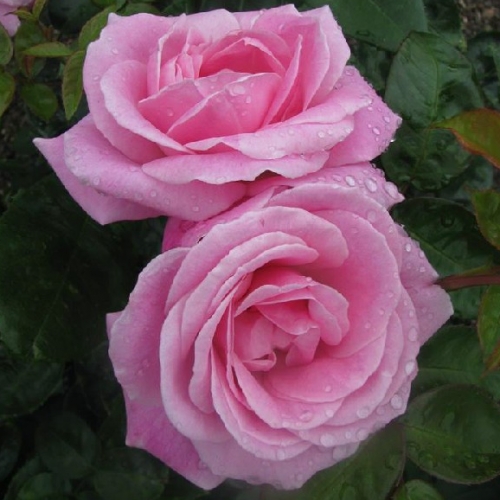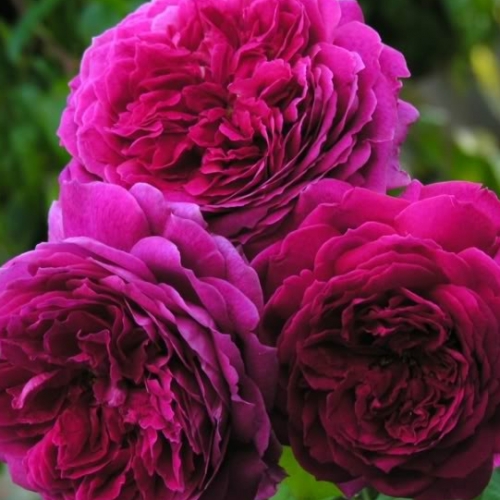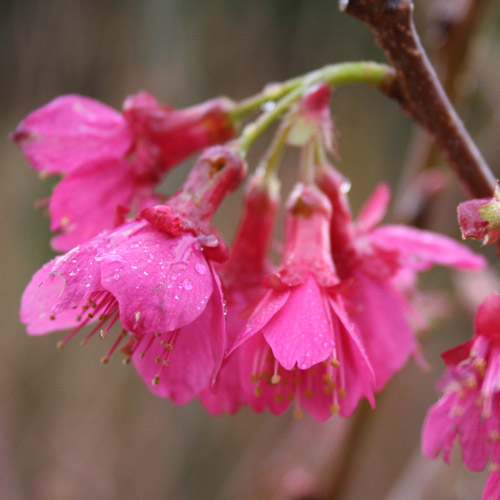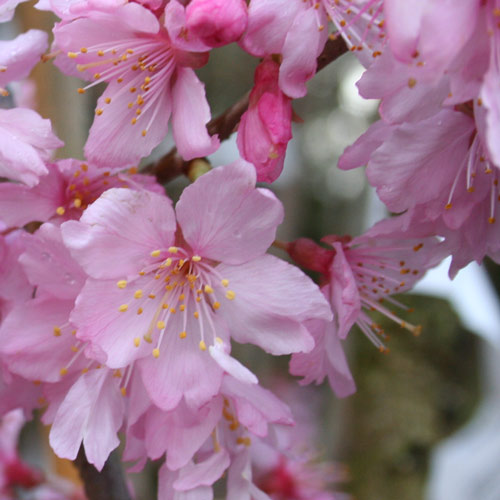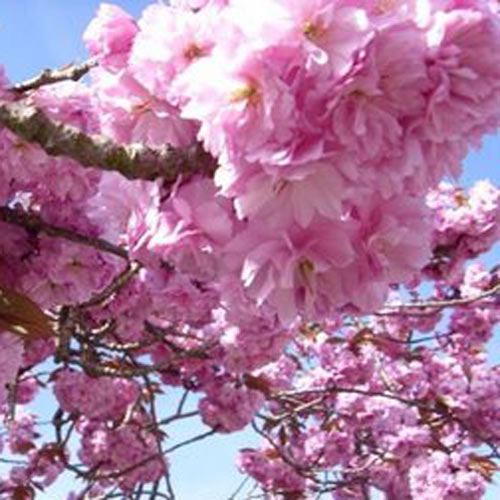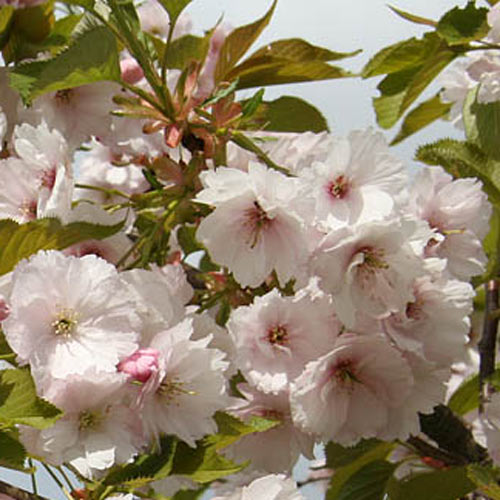Saturday 27th July, 2024
Hi
The Rose Family
I look around the nursery at the minute and it seems to be predominantly full of plants that belong to the rose family and I am not thinking about the obvious, which are of course
roses, which we do have in abundance. Roses though do happen to take the family name Rosaceae which I guess is derived from their genus which is Rosa. We did touch a little on this last week and then I thought that perhaps we should dive a little more into why plants are grouped into families. I have to admit that it's been quite some decades since I learnt about this and so I am a tad rusty but here goes.
Plant families of flowering plants are determined by their reproductive parts which includes flower petals, sepals, and of course the boy and girl bits of the stamens and pistils and often fruit. The thing about horticulture is there always seems to be shades of grey because not everything quite fits the classification and just for the record the family name always end in 'aceae'.
It may be hard to imagine, when we consider most of the modern
roses with all of their flamboyant flowers and plumage, for them to be part of the same family as plants with much less conspicuous flowers. However, if you look at roses in their simplest form, like perhaps the rose
Wedding day, then you get the picture as this perhaps looks similar to
apple blossom or
peach and
cherry blossoms when they are in bloom. Another good example would perhaps be the the rose
Ballerina, which I just love, because its flowers are so simple and in such abundance and could look like the blossom on an apple tree...
Another really large family that will help conjure up the imagery of families is the Asteraceae or
daisy family, with the classic daisy-like flower with its rays of petals and a central cone. Fruit produced by daisies are all dry and single-seeded although they can look very different according to how they are dispersed (e.g. sunflower seeds which just drop to the ground compared with dandelion seeds which are moved about by the wind). The Ericaceae is another family example, this one characterised by small tubular flowers, like those of its name sake the
Ericas but also
Pieris (the lily of the Valley shrub) and one I hadn't thought of: the
Blueberry.
Getting back to the family of Rosaceae it would seem whilst the flowers are botanically simple and similar there is a lot of diversity amongst their fruits which keeps the Botanists guessing. For centuries the botanists have tried to subdivide this family by fruit but have failed. Still, there are some distinctive fruit groups such as roses having hips, apple having pomes, while cherries, apricots and almonds (and so on) have drupes.
The
strawberry is an example of a rose family member which has the classic rosaceace flower but it gets interesting when you consider the fruit which doesn't really conform. The strawberry receptacle swells becoming the fruit and the seeds or achenes are borne on the outside.
This week Prunus Domestica ... The plums
Enough of the tech stuff, though I must admit that I do find plant diversity fascinating. This week the fruiting member of the rose family I want to highlight is Prunus Domestica, the
plum, whose fruit botanically is a drupe.
Greengages are European plums and are perhaps a sub species of prunus domestica (
Prunus domestica subsp.
italica) and these are typically green or dark-skinned with yellow flesh.
Reine Claude de Bavay is a self-fertile choice that has delicious sweet fruit.
Greengage is another popular European plum and benefits from having another delicious plum,
Coes Golden Drop, being around to help with pollination.
Prunes are also a variety of plum. In my experience they tend to have pretty dark almost purple skins with yellow flesh that look really attractive on the tree. They are more fleshy in texture and sweeter than other plums, which is what makes them suitable for drying.
There are a couple of NZ-discovered plum cultivars that are more self-fertile and definitely worth a spot in the orchards.
Luisa is a top NZ Plum that produces bumper crops of distinctive oval fruit that have a yellow skin blushed red. The firm flesh is also yellow and divinely sweet and juicy. Good disease resistance. Considered to be self-fertile.
Hawera originated from a chance seedling found on the roadside near, you guessed it, Hawera. Large dark red fruit with very firm dark red flesh. Yum Yum. One of the best deep red plums. Heavy cropper, freestone, ripens January. Self-fertile. Deciduous.
The Waikato Rose Society are at Wairere for one last session
It's the last one and so if you missed the last two then this is the one. The Waikato Rose Society Rosarians will be on hand to answer any, and I mean any, questions on Roses. Whether you need to know about pruning, feeding, spraying, picking or even showing, they will have all the facts and information for you.
Sunday 28th July 11.00am to 1.00pm
The Tui are going mad in our flowering cherries
Prunus Campanulata Felix Jury is in full bloom right now and you can see this cultivar flowering everywhere with the Tui fighting over the nectar in its cerise reddish pink tubular flowers that seem to hang in clusters. Well, they are at my place right now. This species and cultivar is the very first of the flowering cherries to flower.
Prunus Superba will be in bloom soon as well, as this cultivar is just a week or two behind.
I do enjoy the Tui being around and am quite pleased to say that we have a few Wood Pidgeon zooming around the nursery here too.
It's time to be thinking that you need to have your orchard all pruned and all your roses too, as bud burst wont be too far away. Remember only to prune on a fine day as wet days can transmit the fungal infection silver leaf of which all members of the rose family are susceptible. Late August, which is not far away now, is the time to be feeding all your roses and other plants with appropriate ferts to give them a good kick start into spring growth.
There is always something to do in the garden and so if you are rearranging things then this is your last chance to move plants, because once the buds have moved and the sap is rising it's too late.
Hope I haven't bored you all with the plant family stuff.
Have a fab weekend.
Cheers from Lloyd, Tony and the Wairere team.
